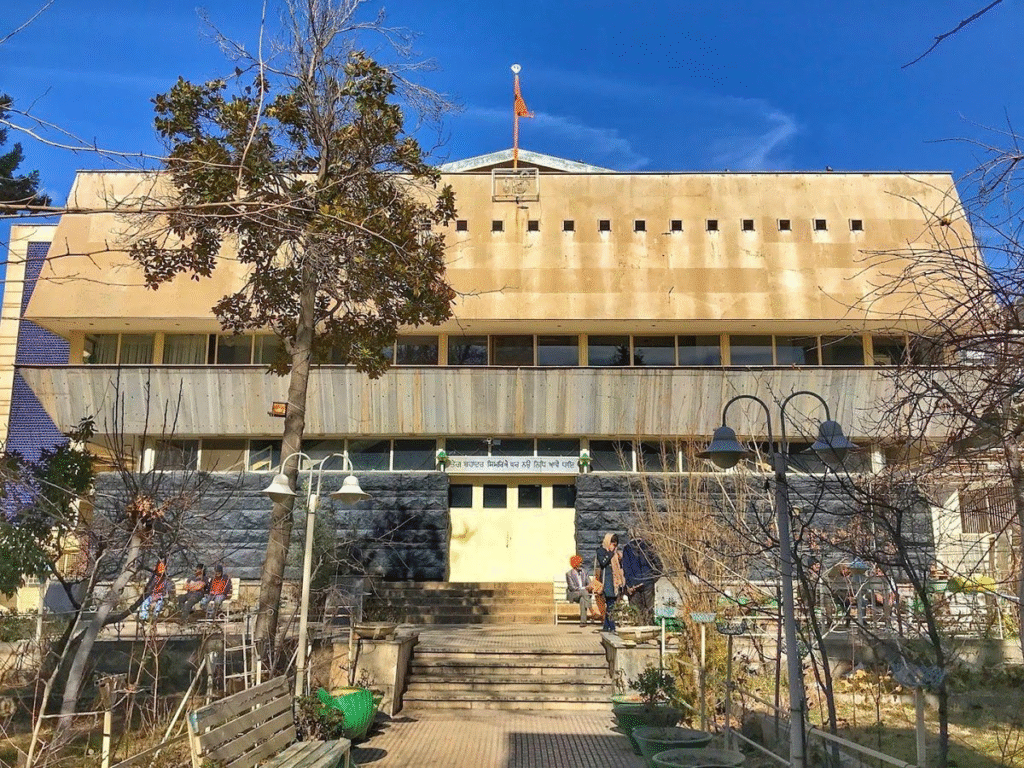AI Generated Summary
- Today, amid the modern bustle of Tehran or the distant quiet of Zahedan, one might still catch glimpses of this living history—a Gurdwara tucked into an alley, a turbaned elder fluent in Farsi, a family that has passed down both scriptures and stories for generations.
- It was during the 1920s, amid the construction of the Trans-Iranian Railway, that many Sikhs chose to settle in Zahedan, then a dusty town near the borders with Pakistan and Afghanistan.
- In a region often defined by its tumultuous politics, the story of the Sikhs in Iran is a reminder of something gentler.
In the arid borderlands of southeastern Iran lies a little-known yet remarkable chapter of Sikh history—one that has quietly endured for over a century. While much of the world associates Sikhism with the Punjab, few realize that a small but vibrant Sikh community once flourished—and still survives—in the Iranian cities of Zahedan, Tehran, and Bandar Abbas.
The Sikh presence in Iran began in the early 1900s, carried by British Indian soldiers and enterprising traders who journeyed westward. It was during the 1920s, amid the construction of the Trans-Iranian Railway, that many Sikhs chose to settle in Zahedan, then a dusty town near the borders with Pakistan and Afghanistan.
Started my trip to Iran by visiting the only Sikh house of worship in Tehran. Met an Iranian Sikh businessman who took me around the Gurudwara and even told me about how Sikhs landed in Iran 🇮🇷 in Persian (which I too don’t understand) #letsfeeliran #فم_تریپ pic.twitter.com/YnQm4gLsEl
— Harjinder Singh Kukreja (@SinghLions) October 4, 2019
Zahedan’s transformation is steeped in symbolism. Originally known as Dozdab—“land of thieves”—the city was renamed by Reza Shah Pahlavi after a striking encounter with Sikh residents dressed in pristine white robes. So impressed was he by their appearance and demeanor that he called them zâhid (meaning “pious” or “ascetic”) and renamed the city Zahedan—“land of the pious.” The gesture was more than linguistic; it was an acknowledgment of the community’s dignity and moral standing.
By the late 1970s, the Sikh population in Zahedan had grown to approximately 250. They were known for their successful businesses, strong communal bonds, and distinct identity. However, the 1979 Iranian Revolution marked a turning point. Many Sikhs emigrated, and those who remained often moved to Tehran in search of better opportunities and security.
Today, the Sikh community in Iran has dwindled to between 60 and 100 families, scattered across a few urban centers. Despite their reduced numbers, the legacy remains vibrant. In 2019, the establishment of a Guru Nanak Research Chair at Iran’s National University offered quiet but significant testimony to the historic and spiritual ties between Sikhism and Iran.
These connections run deeper than geography or migration. Iran once held deep cultural sway over the Punjab. Persian (Farsi) was the court language during the Sikh Empire, and many of Guru Nanak’s verses are infused with Persian vocabulary and poetic forms. The founder of Sikhism, Guru Nanak, is believed to have traveled across present-day Iran, leaving not just words, but a legacy of human connection in his wake.

Today, amid the modern bustle of Tehran or the distant quiet of Zahedan, one might still catch glimpses of this living history—a Gurdwara tucked into an alley, a turbaned elder fluent in Farsi, a family that has passed down both scriptures and stories for generations.
In a region often defined by its tumultuous politics, the story of the Sikhs in Iran is a reminder of something gentler: the endurance of faith, the adaptability of communities, and the quiet power of cultural exchange.
A tiny community, perhaps—but one rich in legacy, still echoing across borders and time.




